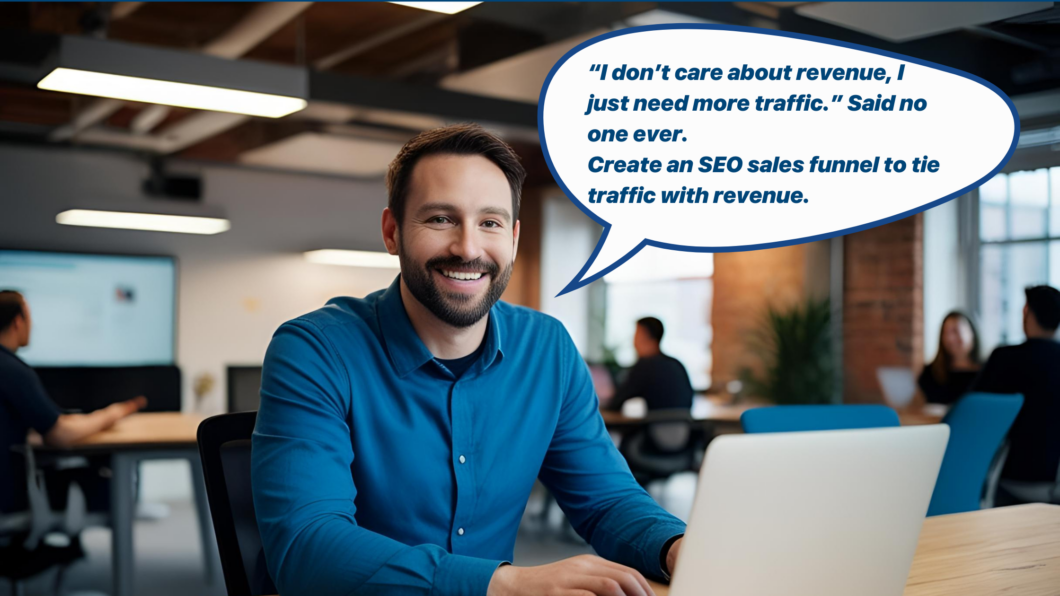Key Takeaways
- SEO is a cost-effective way to get long-term growth
- Internal linking is by far the best way to boost organic traffic
- 91% of websites have never received any organic traffic from Google
- Schema markup helps search engines understand your pages in a language they understand
- There are mainly four types of keywords: Informational, Navigational, Commercial, and Branded
When was the last time you chose to buy something without researching online?
Search engines are the primary source of research for end users. That’s where people plan their purchase(s) & you can control their buyer’s journey with your content.
You’re in the right place if you’re trying to use content marketing to meet your business goals.
Every day, at least 13.7 billion searches happen on Google. Despite this, 91% of websites have never gotten any traffic from Google. Insufficient traffic to a business website leads to a lack of sales.
This post will teach you how to create a content marketing plan and use SEO as a channel to drive sales. I have personally used this funnel to drive sales for my own products, so I can tell by experience that this is the best way to drive sales using your website.
Before we begin, there are some pointers you need to know:
- You should have a product that people would pay for
- You should have a website optimized for search engines
- The framework I will share will be more effective if you have published some content already. If not, it will take time for the pages to get crawled, indexed & rank on SERPs.
- Patience & trust for the process to work. This is not a “get rich quick” scheme that will bring you overnight results.
Driving traffic from Google
People use search engines to find solutions to their problems. This is enough of a reason to invest in content marketing. The problem can be serious enough to convert them into paid customers.
Let’s explore the reasons why driving traffic from search engines is essential:
- High conversion rates: When people search on Google or any search engine for that matter, they expect results for their problems. If done correctly, you can not only solve their problems but also get them through your SEO Sales funnel. The traffic in the funnel can be used for sales. Once you have people in your funnel, all you need to do is worry about the conversion rate.
- Credibility & Trust: When people find you on Google, they tend to trust you. Since Google itself has a very credible reputation, getting recommended by Google on SERPs is a sign of great trust. This isn’t true with Social media or paid ads. It’s very difficult to fake a reputation on a website that ranks on Google. Since it’s your own website, it’s recommended by Google.
- Cost-effective: When compared to other sales channels (Social, Email, PPC, Offline), SEO is the most affordable source of traffic. In the long run, it’s almost free traffic from an evergreen source of information for your potential customers. Every other channel will work as long as you continue to put in effort every day, no matter how big you are. But when you use SEO as a channel, you have to be right just once.
- Sustainable growth: When you use social media as a source of traffic, you’re putting control of your audience in the platform owner’s hands. Your profile can be banned, and the platform itself can vanish (like Clubhouse disappeared). But the website you’ve created is not going anywhere. The default search engines might change, but your website will continue to be the best way to get in front of your audience.
- Data-backed: When you choose to market your business through search engines, you get to play with data so powerful that you’d hardly go wrong. Unlike any other marketing channel, you won’t get the data that’s required to make informed decisions. There are several SEO tools that can give you data for almost every aspect of your website. It goes without saying that such tools come at a cost, and it may not be affordable for all. However, this data makes it super easy to make changes so that you can control the traffic and eventually the sales.
- Brand visibility: With a website, anyone can establish themselves as an authority, thanks to mind-blowing exposure on search engines. Keep in mind, traffic & authority has no relation if it’s not genuine. More traffic doesn’t mean a website is authoritative, it simply means the website is serving what users want. Authority is built by serving what users need. There’s a difference between need and want.
- Competitive advantage: Most people will give up on SEO, falling prey to the misinformation that “SEO is dead”, especially after AI tools have become mainstream. This will result in less competition. Those who continue investing in SEO may indulge in shady practices to get traffic from searches. Since you’re here, paying attention to what I have to say, you will not be one of those who fall for misinformation or indulge in shady practices.
- Broad reach & target traffic: When you’re marketing your business by creating content for search engines, you’re inviting highly targeted traffic. For example, if you have a post on “paleo diet”, only people interested in the paleo diet will be searching for that keyword. That’s Broad reach & targeted warm leads right there.
With this in mind, let me introduce you to the types of keywords that we will be playing with. This knowledge will become the foundation of how the funnel will work for you.
Knowing the types of keywords will help you create content and place it in the right stage of the SEO sales funnel. Let’s dive in.
Understanding types of keywords for SEO Sales Funnel
There are four major types of keywords. You’ll find several types, but the major will remain the same.
#1 Informational: This is where your customers will begin their buyer’s journey. At this stage, your customer is least aware of your brand. This stage is for volumes, so target as broad keywords as possible. Focus on high search volume, low SEO difficulty keywords.
#2 Navigational: Navigational keywords are usually used for local SEO, but you can use such keywords for your indirect benefit. At this stage, the users would start to recognize/remember your brand. Now is the time to create content targeting localities to promote your products/services. Target countries your audience belongs to and create list-based posts to rank in that region.
#3 Commercial: These types of keywords are the sweet spot of the funnel. Your audience is very close to conversion. They’re one decision away from buying from you.
#4 Branded: The users in this stage have made up their minds & want to make a purchase. You don’t need to create any content targeting this type of keywords, just optimize your money pages so that the pages get discovered on search engines.
With this in mind, let’s cut to the chase and learn how to create an SEO Sales Funnel.
Creating an SEO Sales Funnel
To use this funnel, you need to understand the components of a funnel. Classic sales funnels include 4 stages. Any sales funnel follows a simple framework, AIDA & it stands for Attention, Interest, Decision & Action.
Take a look at the image below to understand the framework better.
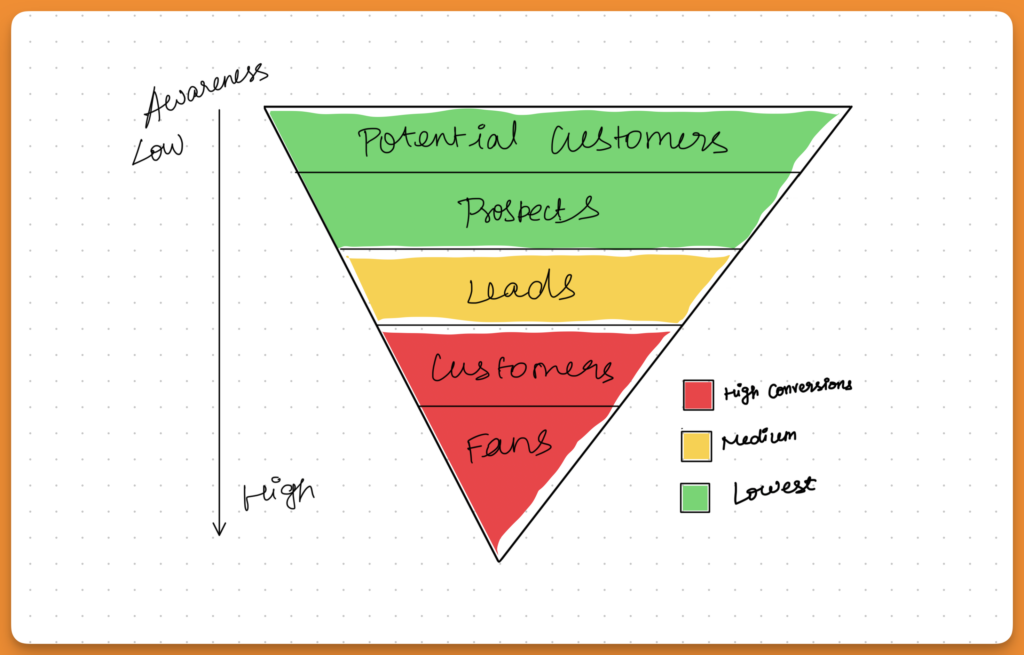
Note: For the sake of this post, I will use Semrush as an example. We will create a Sales funnel to promote Semrush as an affiliate.
Let’s begin creating the funnel.
#1 Identifying keywords
Instead of the traditional route, we will find keywords that target a topic. We will find topics with low search volume and high commercial intent. The idea is to create clusters of keywords that target a topic as a whole.
Making users sign up for a paid subscription to Semrush is our goal.
Applying the AIDA formula to our SEO Sales Funnel, here are some content ideas we can create to drive users to sign up for a paid SEMRush plan:
- Attention (informational keywords): You can target as broad keywords as possible. This is the only stage where you can play the volume game. As long as the topic is a reason of concern for your target audience in their professional lives, you can target that keyword.
- Example Keywords: “Best SEO Tools, Google My Business Guide, On-Page SEO Checklist, Site Audit, Content Ideas for Blog”, etc.
- Interest (Navigational keywords): Searchers are now showing interest in what Semrush has to serve. They’re least likely to be aware of the solutions you have for them. This is the stage where they will start recognizing your brand.
- Example Keywords: “Free backlink checker & Best SEO agencies in India”, etc.
- Decision (Commercial keywords): Searchers are very close to conversion. They’ve decided to spend and want assurance of the same.
- Example Keywords: “Semrush guide: How to use SemRush to drive traffic to your blog? Semrush-related news, features, updates, etc.”
- Action (Branded keywords): Searchers want nothing but your solution. You’ve almost acquired the user as a paid customer. Just optimize the money pages rightfully.
- Example Keywords: “Semrush pricing”
Additional steps
Once you have the funnel set in place, you can perform additional steps to further optimize your funnel & find ideas to target your customers.
- Competitors’ keyword gap analysis: Identifying keywords that your competitors are ranking for is a great way to fill the content gaps. Make sure you keep the funnel in mind and identify keywords accordingly.
- Target long-tail keywords (especially for niche markets): If you’re just starting out, make sure you target long-tail keywords first. Ranking for these keywords is extremely easy. Sure the search volumes may not be that impressive, but the conversion rates are highest for the long-tail keywords. Look for low-hanging fruit and you may not need to get massive traffic at all. SEO is all about converting visitors into customers, if getting 1000-2000 visitors a month helps you get sales, why target anything else?
- Use Semantic Keywords to cover relevant keywords: Search engines hate keyword stuffing. If you indulge in keyword stuffing, you’re most likely going to stay ghosted on SERPs. Use semantic keywords instead. If you’re writing about Paris, use terms like “The capital city of France, City of Love”, etc, to denote Paris. This way, you’re emphasizing the target keyword(s) without annoying the search engines.
#2 Content creation
You’ve understood the funnel, now it’s time to fill the funnel with content. If you have existing content, identify the pages according to the funnel we created in the previous step.
To create content, you need to know who you’re creating content for. Create a buyer’s persona so that you know who to target in each post. With the persona in front of you, it’s very easy to identify the stage of the funnel the content will fall in.
Most people create a funnel but make the common mistake of having too many money pages unless you’re an ecommerce brand with a ton of product pages.
For a SaaS brand, the sign-up page should be the only money page on your website. Every page you’ve created for each stage of the funnel should link to pages of the next stage of the funnel.
For example: “Best SEO Tools” will internally link to “free backlink checker”, which further links to the “Semrush guide” and ends the journey at the “Semrush pricing” page. All these pages, not only interlink the buyer’s journey, but they also individually bring traffic from search engines.
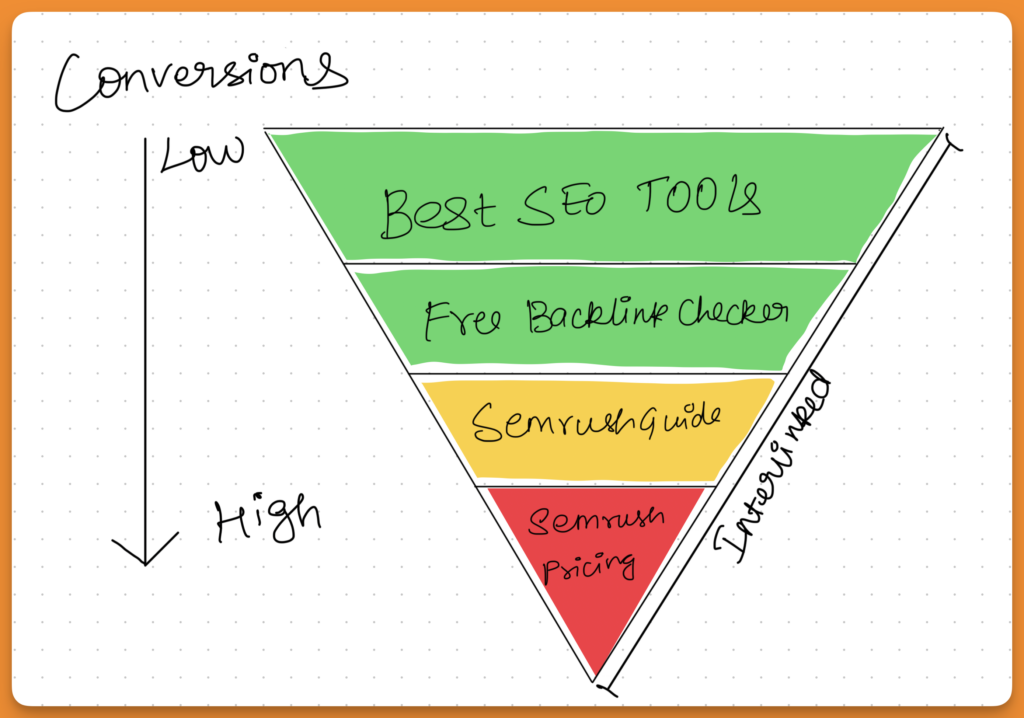
Since the pages are internally linked, you control the conversions throughout the sales funnel.
Every time you come up with a content idea, tag the topic to the stage of the funnel for which it is created. Make sure that the buyer persona matches the stage.
A beginner wouldn’t search for the “Semrush pricing” page. Even if they do, they won’t buy.
#3 Optimizing pages for search engines
Your funnel has started to get in shape. It’s time for you to optimize your pages for On-page SEO. There are a couple of things that you can do and control. These steps will help you optimize the pages for more traffic.
- Optimizing website for better UX: User experience is unofficially the most important ranking factor. If the UX isn’t great, no matter how good your content is or how many backlinks you’ve built, people will not find your content useful. Have simple navigation, upgrade the website for responsive design, place CTAs in the right place & consistent branding. These are some ways you can give a better UX to your website visitors.
- Fixing speed issues: If your pages aren’t loading for the end user, what’s the point of having a website in the first place? Compressing your images, enabling browser caching, minifying CSS/JS/HTML & utilizing content delivery networks are some ways you can speed up your website.
- Repurpose content: What you’ve published on your website can be repurposed on other platforms. This will not only give you visibility on those platforms but also help you promote your published content. It may not directly help you with traffic, but it will surely help you build a brand & loyal following.
- Optimizing meta tags: Meta tags like description & title have a significant impact on how your page is seen by the end-user & search engines. Optimize the title tags & meta tags for clicks.
- Image SEO: Images are useful for adding value to your audience. You can optimize the images for image search, which is an additional source of traffic.
- Utilizing schema markup: Schema markup is how search engines further understand the elements of your pages. Use the official tool to create schema markups & add the code to relevant pages your site.
- Getting pages indexed: If your pages aren’t getting indexed, there’s no way they’re going to rank. Every time you update a page, make sure to get those pages re-crawled.
Here’s how to request indexing for new pages on Google Search Console:
#1 Navigate to Google Search Console, and click on URL inspection
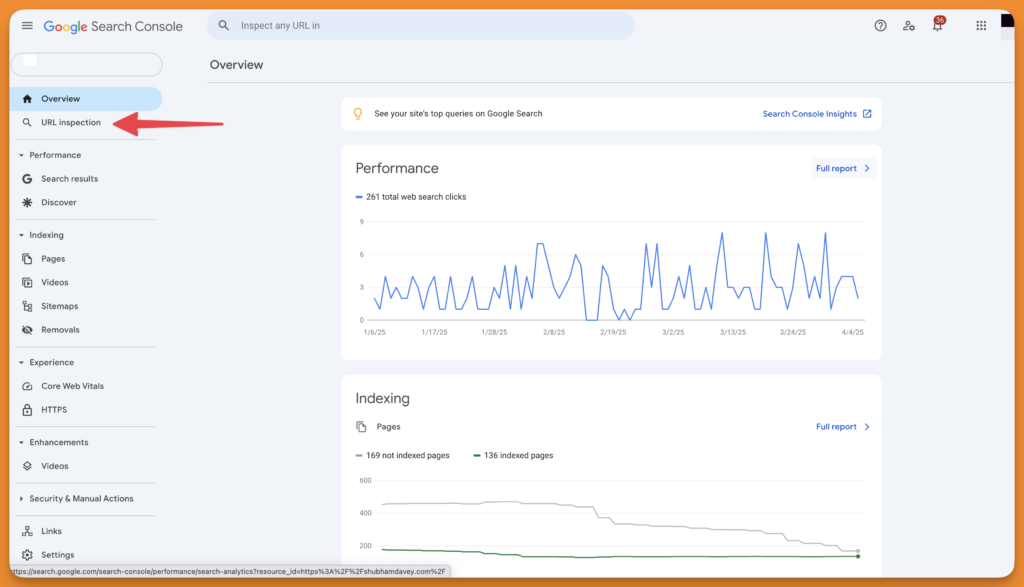
#2 Paste the URL of the new page & press Enter/Return
#3 Click on the “Request Indexing” button to invite Google’s crawler
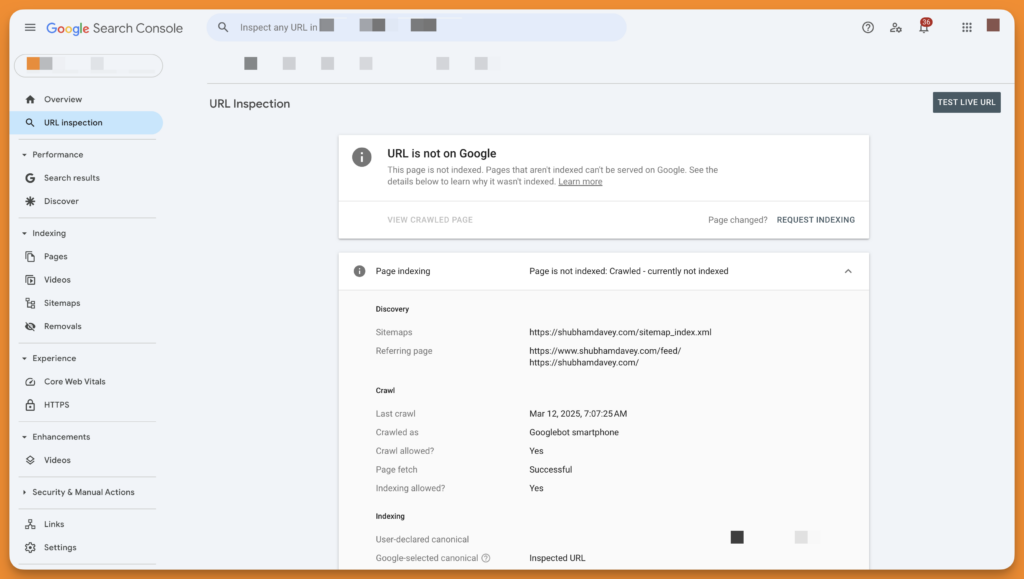
Once requested, Google Search Console will confirm that the indexing request has been accepted.
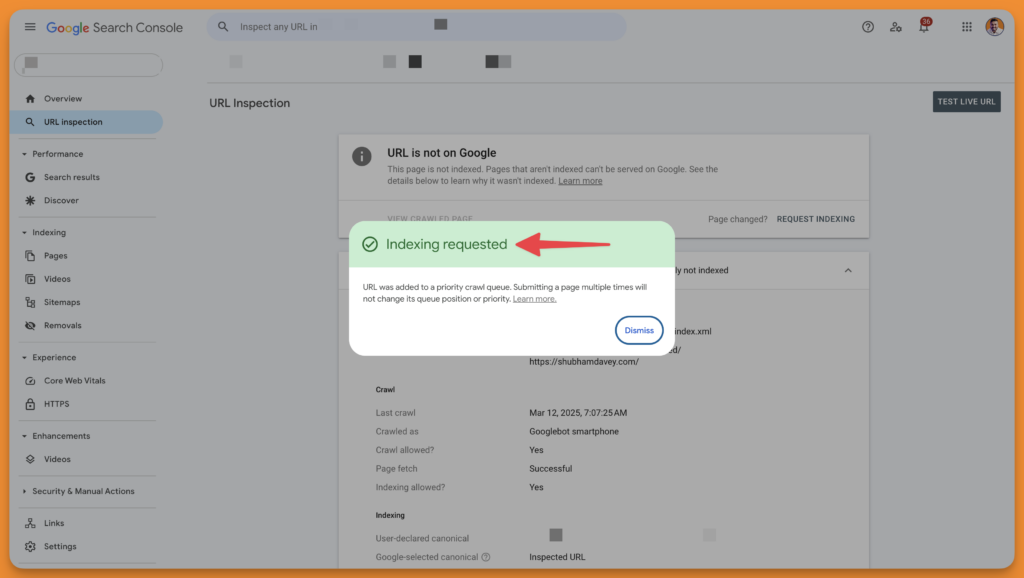
SEO Sales Funnel Examples
I’m a huge HubSpot fan. I’ve always loved how HubSpot has dominated their niche with solid content marketing. Here’s an example how HubSpot implements SEO sales funnel.
Look at this blog post, this is a top of the funnel content. Meaning, this is for buyers in attention stage of HubSpot’s SEO sales funnel.
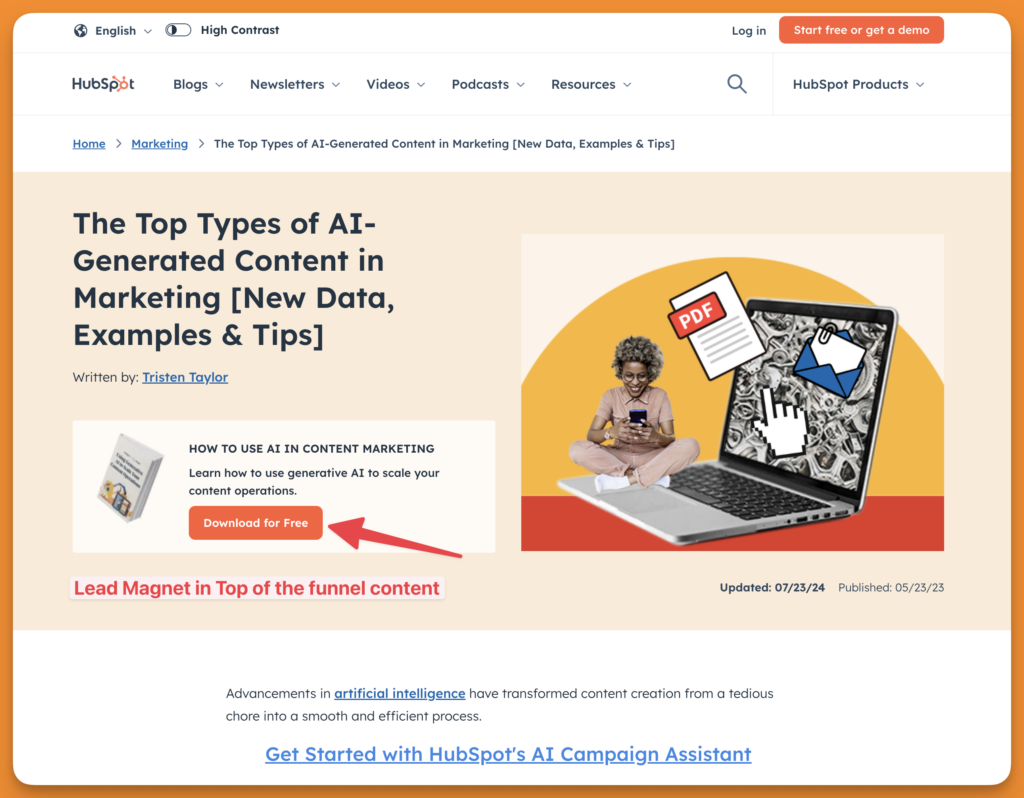
Cleverly, HubSpot has created a lead magnet to capture leads to nurture later and eventually convert them into paying customers.
The lead magnet is co-authored by HubSpot & Jasper. Both partners get leads to nurture and sell to.
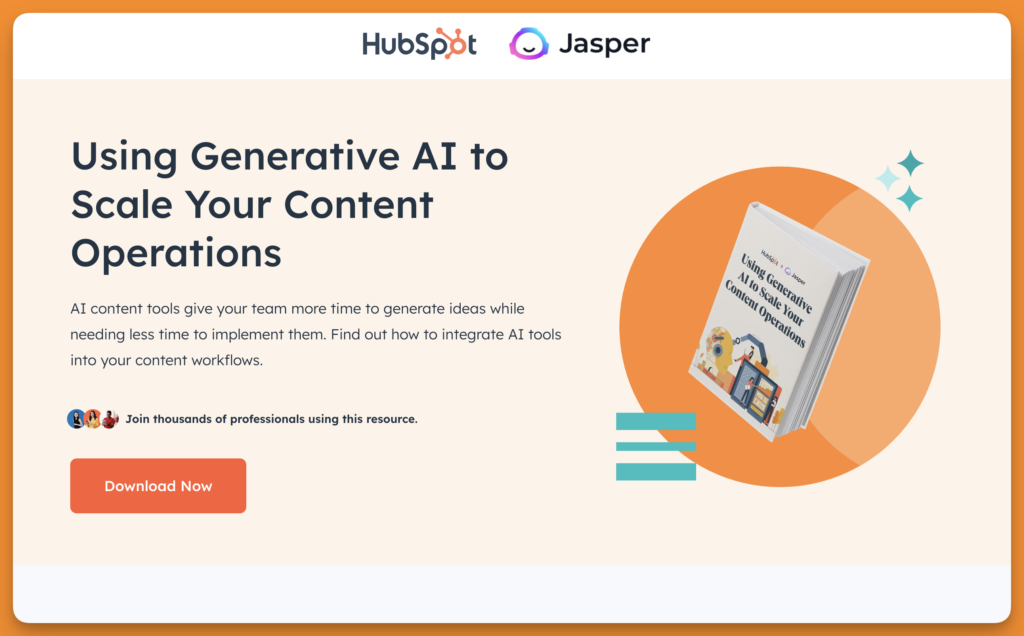
Visit any blog on HubSpot, you will find content upgrades almost every time. Content upgrades are basically lead magnets that visitors would opt for, showing their intent for purchase.
Based on the core point of the lead magnets, you can know their intent to purchase.
For example, in the above mentioned blog post, the lead magnet is about content marketing using AI.
Those who opt for this lead magnet are the perfect warm leads for HubSpot’s content marketing software.
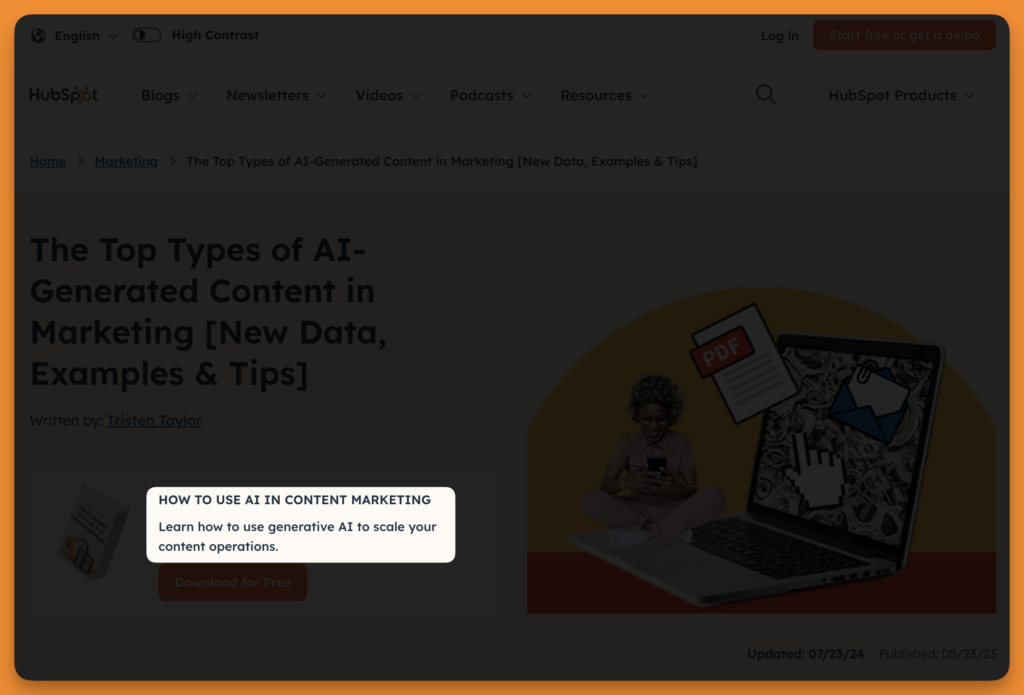
HubSpot isn’t skipping any steps of the AIDA funnel, it’s just that the platforms for each of the stages differs.
That’s how an SEO sales funnel should be created.
FAQs about using SEO for Sales
Q: How SEO can help with Sales?
A: Target the right keywords & create a content funnel using the AIDA framework. Each stage of the funnel should target one of four types of keywords. Internally link all the pages down the funnel guiding the users to the money pages.
Q: Can SEO increase sales?
A: If the existing traffic is optimized to drive the visitors to sales pages, SEO can help with sales.
Q: How can I increase my sales?
A: Drive traffic to the money pages by internally linking from pages that target broader keywords (high search volume & high commercial intent)

